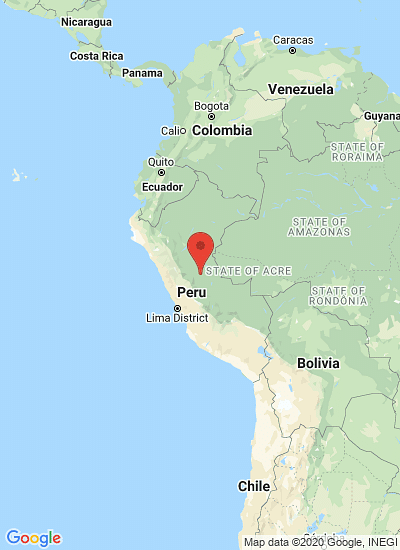Peru and Chile, long-time rivals, are each laying claim to the humble vegetable, which experts agree is indigenous to South America and was spread to Europe by Spanish colonists in the 16th century.
At stake is the reflected glory of being the home of the "patata"(or "papa"in the Quechua language of the Andes), celebrated this year in the United Nations Year of the Potato.
Chile brought the dispute to a boil by disputing the bulk of scientific evidence - and the UN Year of the Potato website that suggests wild potato plants were first domesticated near Lake Titicaca in southern Peru around seven millenniums ago.
Agriculture Minister Marigen Hornkhol asserted the popular tuber was first cultivated on Chile's southern Chiloe Island, citing DNA tests showing that almost all the 7,000 potato varieties in the Netherlands have Chilean origins.
But Peru's International Potato Centre, based in Lima, offers a nuanced view upholding the conventional wisdom, but also explains why the Chilean type of potato might be more widespread in the world.
"It's true that 75 per cent of the varieties grown outside of the Andes come from Chile and its archipelago, but it's also true that the genetic evidence shows that the Andigenum tubers of the Andes and the Chilotanum ones have a common origin,"said a researcher there.
The Chilean varieties went on to dominate in Europe because they came from a region with similar altitude and light and were therefore more adapted to the Old Continent, he said.







